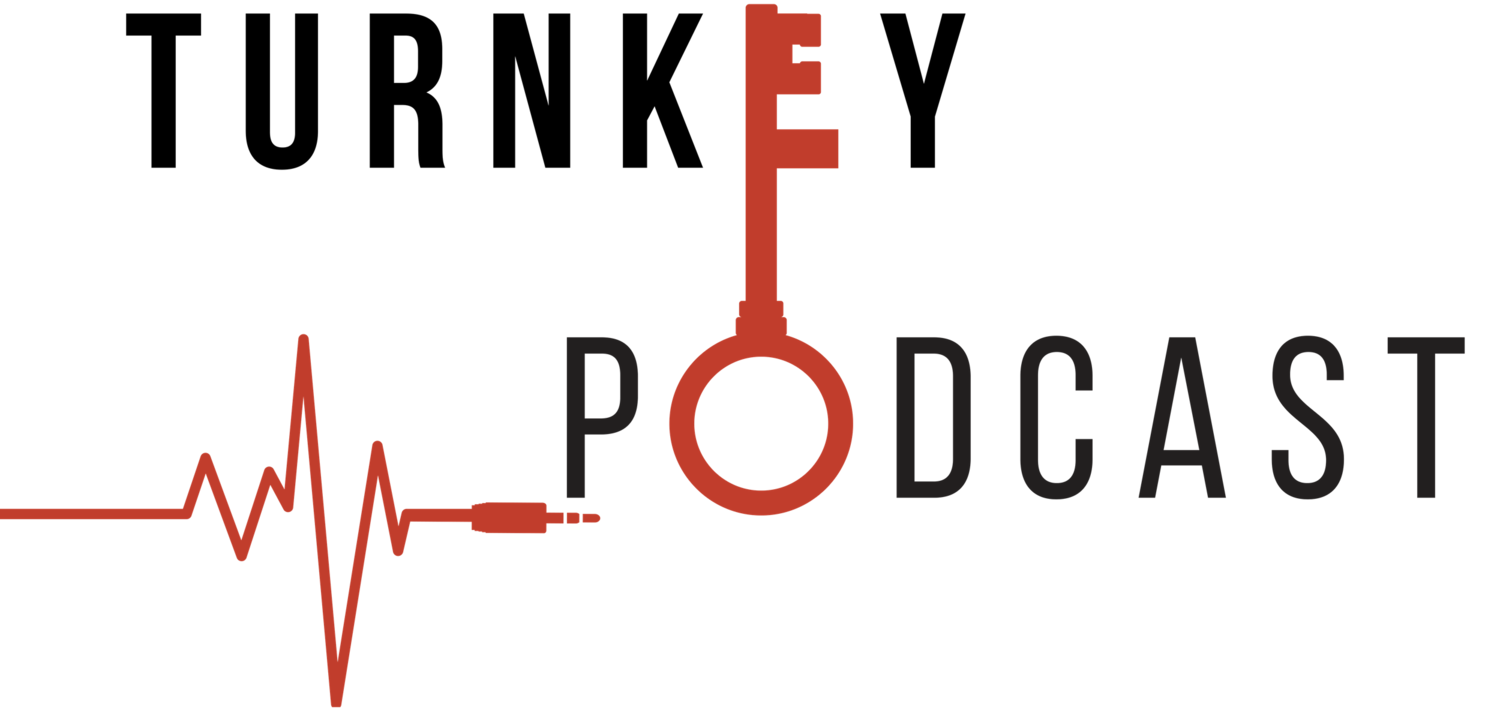Podcasting has become extremely popular in recent years. An estimated 79% of the US population has listened to a podcast at some point. Naturally, this has led to more people starting podcasts, which can be launched from home using very little tech. However, to capture the best sound for your podcast, you should spend time setting up a dedicated studio.
Choose the Correct Room
Before you start buying hardware, you need to choose the perfect room for your podcasting studio. Essentially, you need a room that’s quiet and free from foot traffic. The best rooms are carpeted rooms with soft furnishings, as they help to reduce vibrations. As well as this, you should avoid setting up next to neighbors, as you may be disturbed by unwanted sounds.
Location is the first step, but you need to make sure that you receive a solid internet connection. However, as the quietest room may not be close to the router, you may need to get creative. Luckily, you can install a mesh Wi Fi system into your home, which will create a consistent provision of signal for every room.
Boosting Sound Quality
After deciding on a room, you need to start optimizing it for capturing sound, which involves sound treatment. This involves fixing objects to the walls to improve the sound quality, here are some things you can do:
- Place absorptions. These are the foamy tiles you see in music studies, and they’re used to manage reverb and echo.
- Use bass traps. Position these in the corners of your room to dampen bouncing bass waves.
- Use diffusers. These panels are used alongside absorptions and help to manage reverb and echo.
Essential Gear
Once you’ve turned the room into a sound-capturing haven, it’s time to think about the amount of gear you’ll need. First off, you’ll need a comfortable computer chair and a desk because you may be sitting recording for a long time. As well as this, you’ll need a decent laptop or desktop computer, as your entire podcast will be operating from this. Loaded onto your PC, you will need a digital audio workspace, which you will use to capture and edit your podcast.
To pair with your computer, you will need a high-quality microphone and a set of headphones. Typically, a podcast microphone will be dynamic or condenser, so spend some time familiarizing yourself with these. When choosing headphones, make sure you prioritize comfort.
If you want to elevate the quality of your podcast, consider investing in an audio mixer. Although this isn’t a necessity, it allows you to have greater control over the recording. As well as this, a microphone reflection filter, a shock mount, and a pop filter will all improve your recording capabilities.
Launching a podcast from home is relatively straightforward in 2023, you just need to find somewhere quiet to work and invest in quality hardware. If you need to cut down on the costs, to begin with, you can skip sound treating your room and leave the additional hardware until after your audience has grown.
